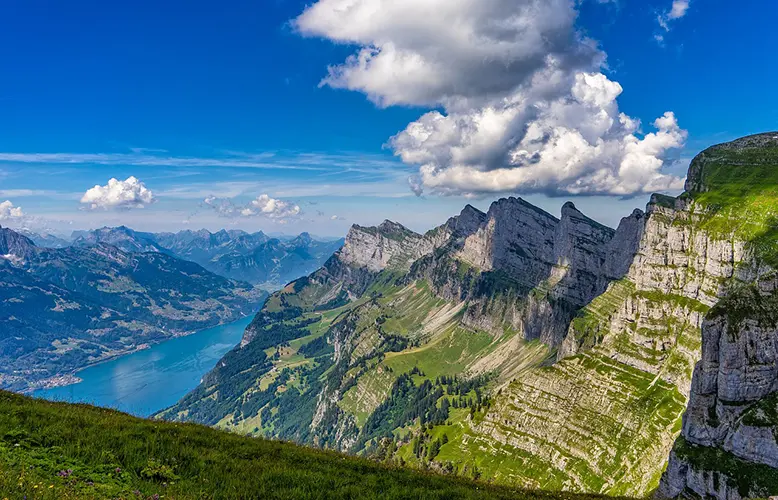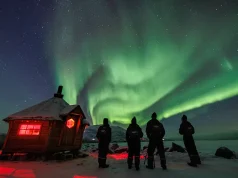Embarking on a hike brings with it the promise of fresh air, breathtaking scenery, and a gratifying sense of adventure. However, to truly maximize the enjoyment and safety of your outdoor escapade, there exists a trove of wisdom that only the most seasoned hikers can impart. Whether you’re a novice stepping onto the path for the first time or an experienced hiker looking to refine your expertise, our compilation of tips promises to guide you toward a smarter, safer, and more satisfying hiking experience. Let’s take to the trails with newfound confidence and skill.

Choosing the Perfect Trail
Selecting the right trail is crucial for a successful hike. It’s important to assess your fitness level and hiking experience before deciding on the distance and difficulty of the trail. Start with shorter, well-marked trails if you’re a beginner, and gradually work your way up to more challenging paths. Researching the trail beforehand can provide insights into the terrain. For example, a hike to Camp Muir on Mount Rainier is a strenuous 8-mile climb with an elevation gain of over 4,600 feet, which is vital info, since you want to be prepared for this kind of expedition. Knowing what to expect helps you prepare accordingly and avoid any unwanted surprises. It’s also important to consider the time of year and weather conditions when choosing a trail.
Gear Essentials
No hike can be successful without the right equipment. Here’s a checklist of essential gear for any hiking trip:
- Backpack: A durable pack that fits well and can hold all your necessities.
- Footwear: Quality hiking boots or shoes designed for the terrain that you’ll encounter.
- Navigation: A map and compass or a GPS to stay on track.
- Water: A hydration system, like a water reservoir or bottles, and a means to purify water, if necessary.
- Food: High-energy, lightweight snacks and extra food in case your hike takes longer than expected.
- Clothing: Moisture-wicking layers and rain gear suited to the weather forecast.
- Safety Items: A first-aid kit, a multi-tool, and a whistle.
- Sun Protection: Sunscreen, sunglasses, and a wide-brimmed hat.
- Illumination: Headlamps or flashlights with extra batteries.
- Shelter: A tent, tarp, bivy, or emergency space blanket if you’ll be out overnight or as a precaution.
Intelligently selecting and packing your gear can make a significant difference in your hiking experience. Always remember, that safety and preparedness go hand-in-hand with nature exploration.
Footwear Matters
Choosing the right footwear is arguably one of the most critical decisions a hiker can make. A good pair of hiking boots or shoes significantly affects your comfort and traction on the trail and can be the difference between an enjoyable hike and a painful ordeal.
Consider the type of hiking you plan to do: light trail shoes are generally sufficient for day hikes with a light pack, whereas sturdy, well-supported boots are better suited for longer treks with a heavier load. Be sure to break in new footwear before setting out on a hike to minimize the risk of blisters. It’s essential to try on different styles and sizes with the socks you plan to wear and to make the purchase from a store with knowledgeable staff who can assist you in finding the perfect fit.
Navigating Nature
Successfully navigating through nature is both an art and a crucial survival skill. It starts with familiarizing yourself with the trail map and understanding how to use a compass or GPS device, which are indispensable tools when venturing into the wilderness. Take the time to study your route in advance and make note of any distinctive landmarks.
When on the trail, keep your map and navigation tools within easy reach. It’s wise to pay attention to natural indicators, such as the position of the sun or the flow of water, and always mark the spot where you leave the main trail for side trips. In this digital age, consider downloading offline maps or hike-tracking apps, but never rely solely on technology; batteries can die, and devices can fail. By developing strong navigation skills, you can confidently explore the great outdoors and return safely from your adventures.
Weather Wisdom
Embarking on a hike means you’re at the mercy of Mother Nature, and her mood can be unpredictable. Understanding and respecting the weather is a critical element of hiking safely. Before you head out, check the latest weather forecasts and be knowledgeable about the conditions you might face. Be aware that in many regions, weather can change abruptly, especially in mountainous areas where you can experience all four seasons in a single day.
Always prepare for the possibility of inclement weather by packing waterproof gear and appropriate layers. Keep an eye on the sky; darkening clouds, changing winds, or sudden drops in temperature can signal an approaching storm. Learn to recognize signs of more severe weather like thunderstorms or high winds and know how to respond if caught on the trail. Adjusting your plans according to weather predictions isn’t a defeat—it’s a sign of a smart and seasoned hiker.

Fueling Your Adventure
Proper nutrition is the fuel for your hiking engine, and it’s crucial to manage your energy levels throughout the journey. Before setting out, consume a meal rich in complex carbohydrates and proteins to provide sustained energy. For the trail, pack lightweight, nutrient-dense snacks such as nuts, granola bars, dried fruits, and jerky. Keep these accessible so you can munch along the way without needing to stop or remove your pack.
Staying hydrated is equally important. Carry enough water for the hike and consider the availability of water sources along the route. If you plan to refill from natural sources, ensure you have the means to treat the water, like a filter or purification tablets, to prevent illness from waterborne pathogens. The exertion of hiking will increase your need for water, and altitude can enhance dehydration, so drink frequently even before you feel thirsty to maintain optimum hydration levels.
Hiking is a rewarding and fulfilling experience, but it requires thoughtful preparation and attention to detail. By following the tips of experienced hikers, you can enhance your skills, make smarter decisions, and most importantly, stay safe on the trails. So pack your gear wisely, remember to break in new footwear, brush up on navigation techniques, respect the weather, and fuel yourself adequately for the journey. With these insider tips, you’ll be hiking like a pro in no time!





